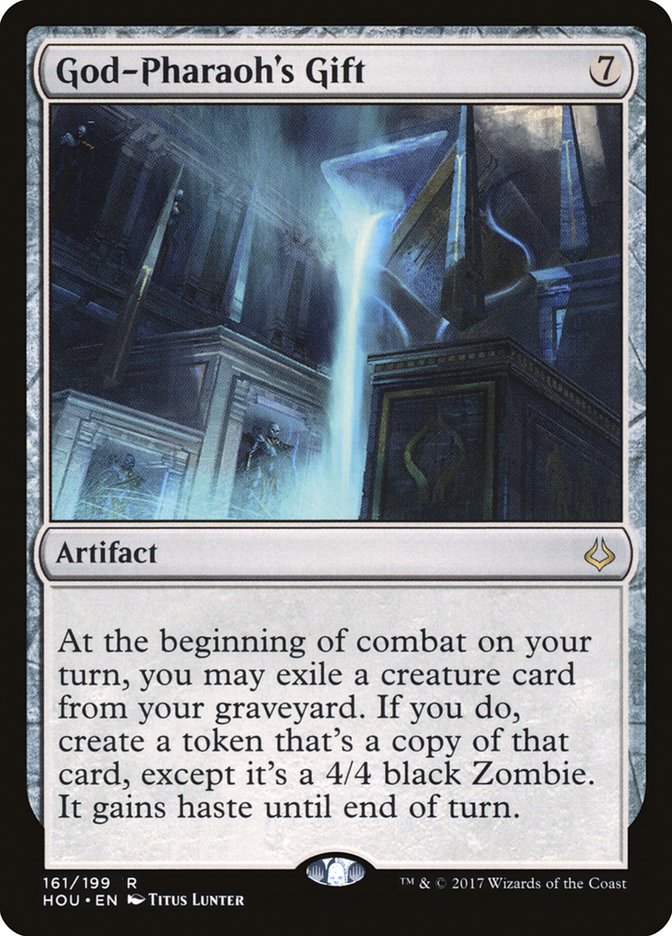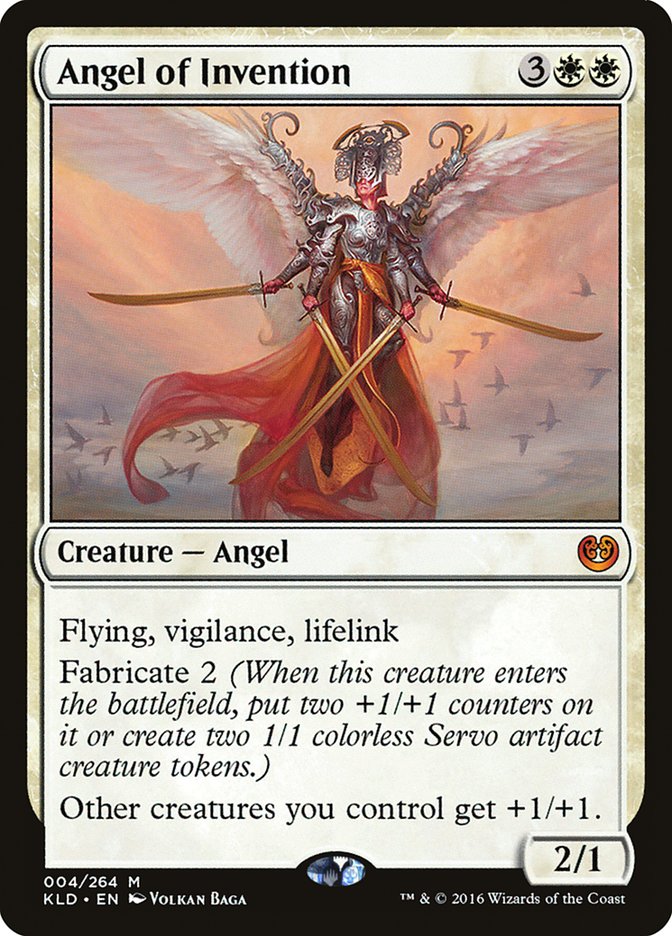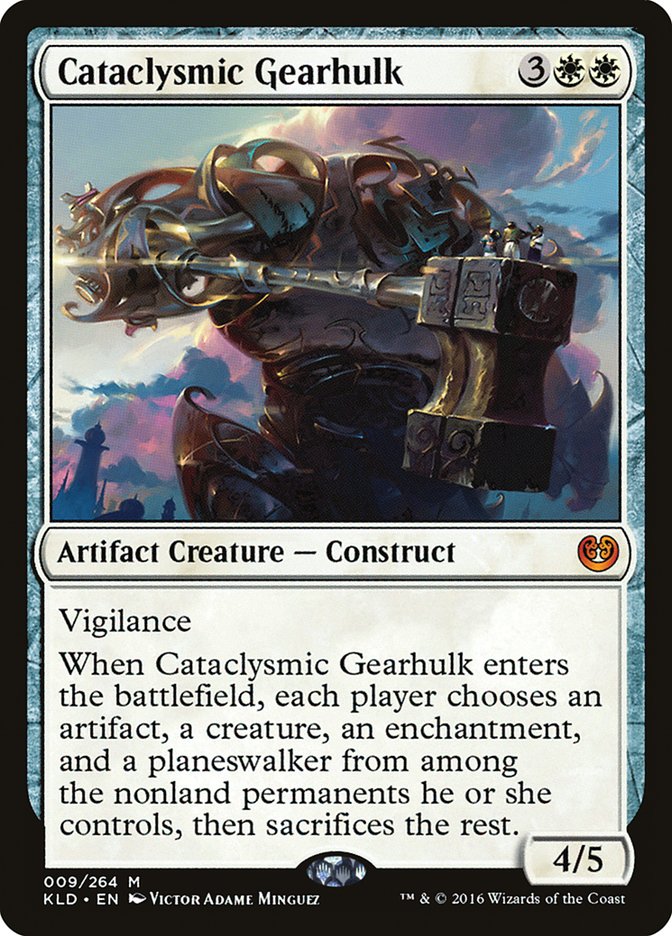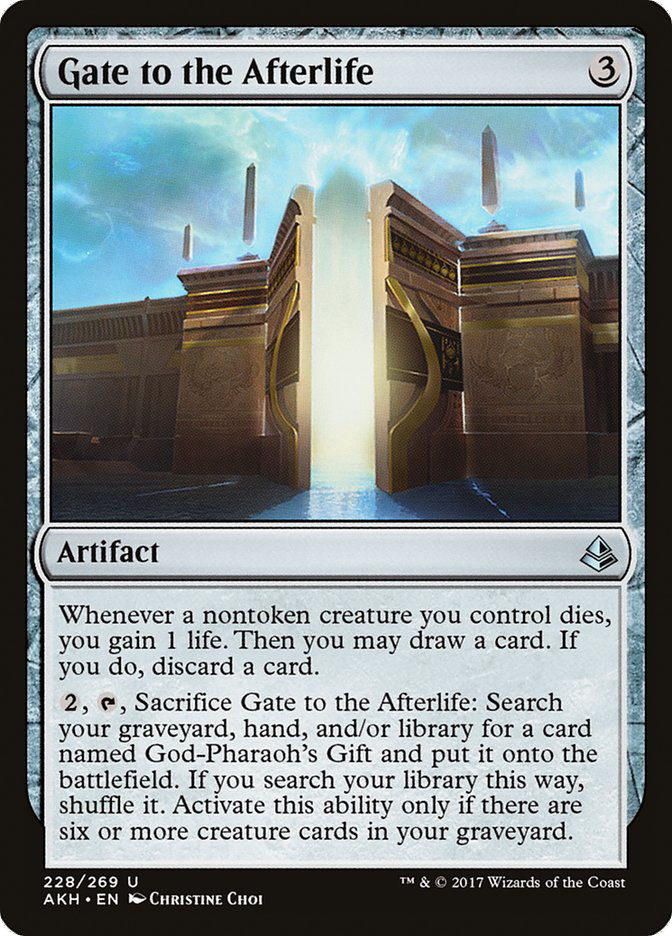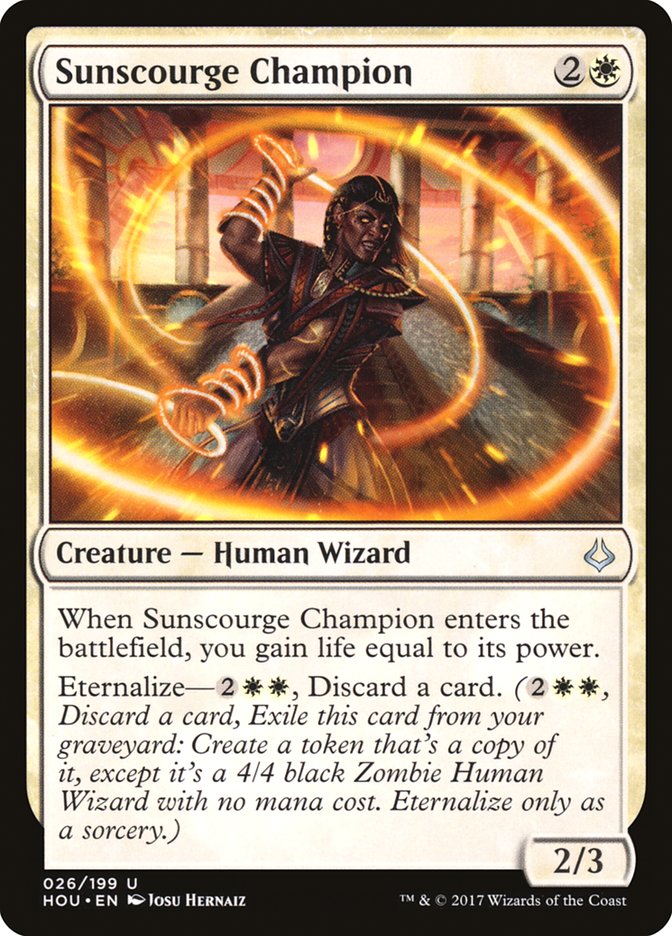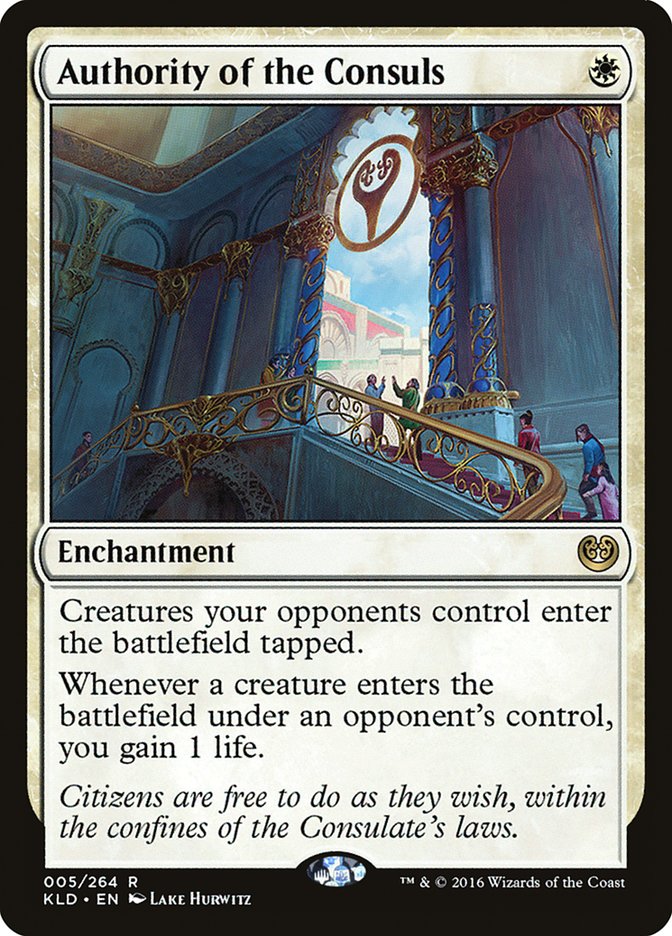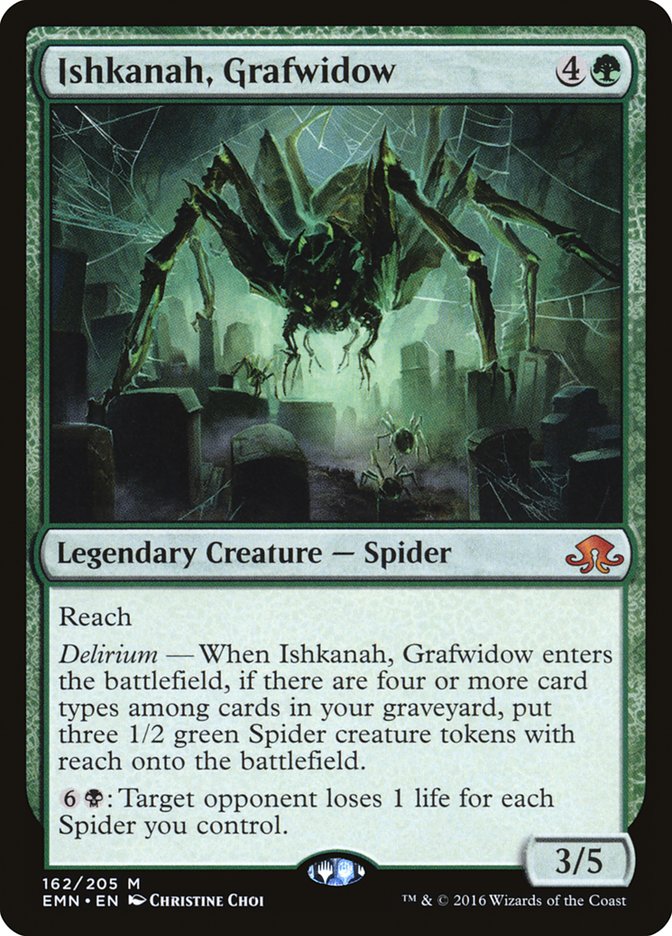While many of you are gearing up for the SCG Tour in Syracuse this weekend, I’m still on the road to recovery from my lengthy trip to Kyoto, Japan last week. While I’d love to say I nailed the metagame on its head and that I’m comfortably writing this with a giant $50,000 check and Pro Tour trophy at my side, that’s not what happened.
So what did happen?
I arrived in Kyoto on Monday morning the week of the Pro Tour with a diverse bag of cards with me, not knowing what I was going to play and not knowing if there was any deck that truly cemented itself as better than the rest. The only information I had to go by was the two Opens’ worth of data the previous weeks had provided. While Cincinnati displayed a promising format, having a finals between U/W Monument and a slightly off-the-beaten-path control variant, there was a much different story being told at the team event in Atlanta. Of course, the results of that event were slightly skewed, since the best-performing Standard decks might not have fared as well as it seemed and their teammates could have picked up some of the slack, but one thing was certain: Mono-Red was a deck again and you’d better be ready for it.
Tom Ross, Jody Keith, and Todd Stevens reigned supreme that weekend and I couldn’t have been happier for them. Congratulations aside, Tom Ross sleeved up Mountains this weekend, and when that’s the case, everyone should be afraid. It’s easy to remember the dominant performance Tom had last year with Mono-White Humans and his proficiency in Legacy with Infect, but they didn’t call it Boss Red for nothing!
Going into testing for the Pro Tour, I knew that Mono-Red would be one of the best decks and one I had to make sure I could beat. Using Tom Ross’s decklist as the test to see if something I wanted to play was viable, I came to a conclusion that shocked even myself.
Creatures (22)
- 4 Thraben Inspector
- 3 Cataclysmic Gearhulk
- 3 Angel of Invention
- 4 Minister of Inquiries
- 4 Champion of Wits
- 4 Sunscourge Champion
Lands (25)
Spells (13)

…what?
Okay, so this was a brew, and I don’t even really know how I got here. I received a text message from former teammate Brad Carpenter literally two hours before I left my home to go to the airport for Japan saying I had to buy all the copies of Angel of Invention I could get my hands on. When I asked why, he sent me a link to this Magic Online PTQ-winning decklist.
Creatures (22)
- 4 Thraben Inspector
- 3 Mausoleum Wanderer
- 3 Cataclysmic Gearhulk
- 4 Angel of Invention
- 4 Minister of Inquiries
- 4 Champion of Wits
Lands (23)
Spells (15)

The biggest difference in these two lists and the innovations I made to the deck over the course of the week was cutting all the copies of Gate to the Afterlife as well as all copies of Mausoleum Wanderer. It seems a strange idea, since cheating God-Pharaoh’s Gift onto the battlefield is literally what this deck is all about and is exactly what Gate to the Afterlife does, I found rather quickly that it was beyond clunky if we expected to see any sort of red decks at the Pro Tour. In variants of this deck playing red for Insolent Neonate, Gate to the Afterlife is a card like no other, but in these U/W Refurbish-based versions, I’m not convinced it’s even playable.
For this event, I worked with a host of awesome players from Team Cardhoarder who happened to be qualified for this event. One of those players was Joe Lossett, who mentioned how good the card Sunscourge Champion might be against red decks as a sideboard option. Earlier in the week, I had attempted to figure out a way to have a red splash in the deck and be able to cast Cathartic Reunion as an additional discard outlet that the deck was severely lacking. Upon actually reading the card Sunscourge Champion and seeing its discard clause on its eternalize cost and the fact that we could turn that inherent downside of having to discard a card into an insane upside, I decided to jam four copies of the card into the maindeck and never looked back.
Numerous hours of testing revealed that the weakness of this deck wasn’t to cards such as Abrade or graveyard hate, but to evasive aggressive creatures and solo threats such as Heart of Kiran, Glorybringer, and Kalitas, Traitor of Ghet. Cataclysmic Gearhulk does a heck of a job dealing with many go-wide strategies like U/W Monument and Zombies but isn’t good at dealing with individual threats. From that point, a lot of testing was trying to figure out how to answer Mardu decks and early Heart of Kirans, since, after testing a lot against Tom Ross’s deck from the Team Open, we were happy enough there to move our attention elsewhere.
That is the flaw that ended up with me writing this article instead of a Top 8 article.
When most people know the best deck and the best builds of the deck are readily available to most of the public, where does the logical line of thinking take you? Preparing for the mirror match, of course! I’m sure a lot of the sideboard cards like additional Chandra, Torch of Defiance and Glorybringer and the three or four copies of Hazoret the Fervent maindeck were all concessions to the increased popularity of other red decks. With that in mind, more of my testing should have been against the bigger variants of the red decks, which the U/W God-Pharaoh’s Gift deck struggles to fight. While I have no one to blame but myself and my own ignorance of how good Ramunap Red was, I do think there are cards that you can play to improve that matchup if you’re still interested in playing God-Pharaoh’s Gift.
Typically a card we only saw to help fight the Saheeli Rai / Felidar Guardian combo deck a few months ago, Authority of the Consuls really hampers the Ramunap Red deck’s ability to function. Most of the strength of the deck comes from being able to utilize the numerous haste creatures it plays to swarm the opponent and deprive them of the ability to block. But if Bomat Courier, Earthshaker Khenra, Ahn-Crop Crasher, Hazoret the Ferven,t and Glorybringer are all entering the battlefield tapped and gaining you life, the cards look a lot less intimidating. The best part of a narrow card like Authority of the Consuls in a deck like this is the ability to discard it to Champion of Wits or Sunscourge Champion when drawn in excess. I’m not sure if there are better options out there, but if I were to be playing this deck again in an upcoming RPTQ, it would look like this.
Creatures (23)
- 4 Thraben Inspector
- 3 Cataclysmic Gearhulk
- 3 Angel of Invention
- 4 Minister of Inquiries
- 1 Angel of Sanctions
- 4 Champion of Wits
- 4 Sunscourge Champion
Lands (25)
Spells (12)

There aren’t too many decks other than Ramunap Red that this deck really is afraid of, so playing the full four copies to ice that matchup seems correct. While we won’t have much information between now and when the RPTQs launch, there’s still lots of room for decks to crop up between now and then that could make in impact.
One deck that was essentially my backup plan if I didn’t believe the God-Pharaoh’s Gift deck was up to the challenge was good ole Grim Flayer and friends!
Creatures (14)
- 3 Kalitas, Traitor of Ghet
- 1 Tireless Tracker
- 2 Ishkanah, Grafwidow
- 4 Grim Flayer
- 1 Noxious Gearhulk
- 2 Walking Ballista
- 1 The Scarab God
Planeswalkers (3)
Lands (23)
Spells (20)

It’s been a long while since we’ve had Emrakul, the Promised End as an inevitable threat in Delirium decks. While The Scarab God is no Emrakul, it is a Traverse the Ulvenwald target that provides everything you need to close out a game as long as you have available mana. Recurring your own threats is nice, but doubling as graveyard hate for your opponent’s creatures and using them to implement whatever strategy they brought to the table against them is amazing.
With the rise of Ramunap Red, Kalitas, Traitor of Ghet’s stock went through the roof. While it is vulnerable to Chandra, Torch of Defiance and potentially Glorybringer out of the sideboard, Kalitas left unchecked runs away with games like no other card, as combining lifelink with an army of Zombie blockers will give any red mage fits. One lesson to learn from the Pro Tour is that the best way to fight red decks isn’t to try to block their creatures but to just kill all their threats and then end the game quickly, a strategy that Kalitas, Traitor of Ghet plays very nicely with.
Walking Ballista has fallen in and out of favor since its release back in January. With all of the one-toughness creatures red has to try to get under you, Walking Ballista can be used as a two-mana removal spell early, which is perfectly acceptable, but as the game goes on, it can become a brick wall or Plague Wind even without a Winding Constrictor or Verdurous Gearhulk alongside it.
Liliana, the Last Hope functions very similarly, providing early defense against aggressive creatures and late-game inevitability no deck can overcome. When one-toughness creatures run amok, Liliana, the Last Hope and Walking Ballista come in to put them back in their place.
I’m the Delirium guy. I do think that a Delirium variant is a good choice for the upcoming RPTQs and will be testing it extensively in the coming weeks in an effort to get back to the Pro Tour once more.
While the Pro Tour marks the first time I’ve not registered Ishkanah, Grafwidow in a Standard Constructed event this entire year, I don’t regret my decision. Delirium is a powerful mechanic and I’m going to make sure that I get my fill of it before the fall rotation, but it might be time to start looking toward the future and there’s a lot of potential with God-Pharaoh’s Gift, seeing as it will be legal alongside Refurbish for over a year to come.
In the meantime, Standard is about as healthy as I can remember, so get out there and play whatever you like! Just make sure you can beat Ramunap Red!


